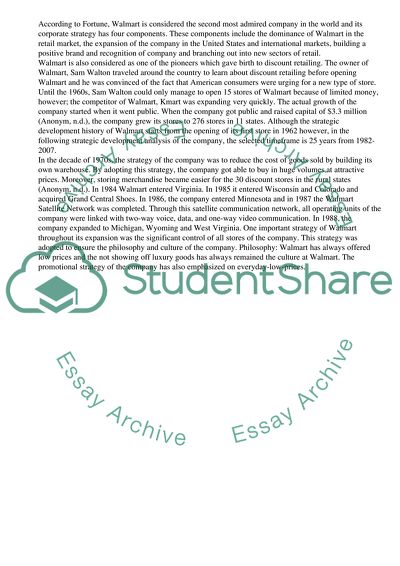Cite this document
(Strategic Development History of Walmart Research Paper - 2, n.d.)
Strategic Development History of Walmart Research Paper - 2. Retrieved from https://studentshare.org/business/1747678-strategic-planning
Strategic Development History of Walmart Research Paper - 2. Retrieved from https://studentshare.org/business/1747678-strategic-planning
(Strategic Development History of Walmart Research Paper - 2)
Strategic Development History of Walmart Research Paper - 2. https://studentshare.org/business/1747678-strategic-planning.
Strategic Development History of Walmart Research Paper - 2. https://studentshare.org/business/1747678-strategic-planning.
“Strategic Development History of Walmart Research Paper - 2”, n.d. https://studentshare.org/business/1747678-strategic-planning.


